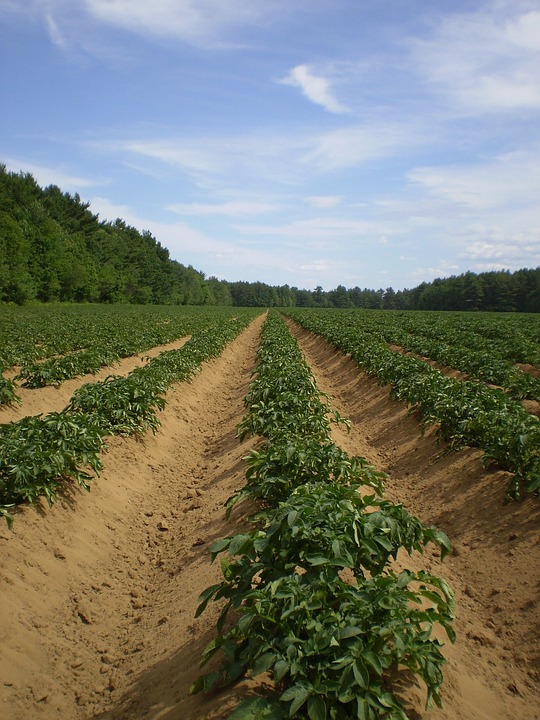Introduction
Vegetable gardening is an incredibly rewarding and fulfilling hobby, allowing you to grow your own fresh and organic produce right at home. With the right knowledge and techniques, anyone can achieve a successful vegetable garden.
Choosing the Right Location
The first step to a successful vegetable garden is choosing the right location. Vegetables generally require at least six to eight hours of direct sunlight each day. Select a spot in your garden that receives ample sunlight and has well-drained soil. Avoid areas that are prone to flooding or where water tends to accumulate.
Preparing the Soil
A healthy soil is the foundation for a thriving vegetable garden. Before planting, make sure to prepare your soil properly. Remove any weeds, rocks, or debris, and loosen the soil with a garden fork or tiller. Consider adding organic matter such as compost or aged manure to improve soil fertility and structure.
Choosing the Right Vegetables
Not all vegetables are suitable for every garden. Consider factors such as your climate, available space, and personal preferences when selecting the vegetables to grow. Some popular options for beginners include tomatoes, peppers, lettuce, carrots, and beans. Research each vegetable’s growing requirements, including their preferred planting time and spacing, to ensure successful growth.
Proper Planting Techniques
When it comes to planting your vegetable garden, following proper techniques is crucial. Start by preparing the planting holes or rows according to the spacing recommendations for each vegetable. Gently remove the seedlings from their pots and place them in the prepared holes at the same depth they were growing in the containers. Water thoroughly after planting and consider using mulch to help retain soil moisture and suppress weeds.
Watering and Fertilizing
Consistent watering is essential for healthy vegetable growth. Water your plants deeply but infrequently, aiming for about one inch of water per week. Avoid overhead watering, as it can promote disease development. Instead, water at the base of the plants, near the roots. Fertilize your vegetable garden regularly, using organic fertilizers or compost to provide essential nutrients.
Pest and Disease Control
One of the challenges of vegetable gardening is managing pests and diseases. Monitor your plants regularly for any signs of trouble, such as chewed leaves or spots on the foliage. Using natural pest control methods like handpicking pests, applying insecticidal soaps, or introducing beneficial insects can help keep pest populations in check. Additionally, practicing crop rotation and proper sanitation in the garden can help prevent the spread of diseases.
Harvesting and Beyond
As you patiently care for your vegetable garden, the time will come to harvest the fruits of your labor. Harvest vegetables at their peak ripeness to enjoy their full flavor and nutritional value. Remember to continue proper watering, weeding, and pest control practices throughout the growing season. Additionally, take the time to learn about seed saving and proper garden cleanup to ensure your future gardening endeavors are successful.
FAQs
Q: How often should I water my vegetable garden?
A: Aim to water your vegetable garden deeply but infrequently, providing about one inch of water per week, depending on weather conditions.
Q: How can I prevent pests from damaging my vegetables?
A: Regular monitoring, handpicking pests, applying natural pest control methods, and promoting beneficial insects can help manage pest populations effectively.
Q: Are there any vegetables that are easy to grow for beginners?
A: Some beginner-friendly vegetables include tomatoes, peppers, lettuce, carrots, and beans. Research each vegetable’s specific requirements to ensure successful growth.
Q: Can I use chemical fertilizers on my vegetable garden?
A: Using organic fertilizers or compost is recommended for vegetable gardening to provide essential nutrients without the use of harmful chemicals.




